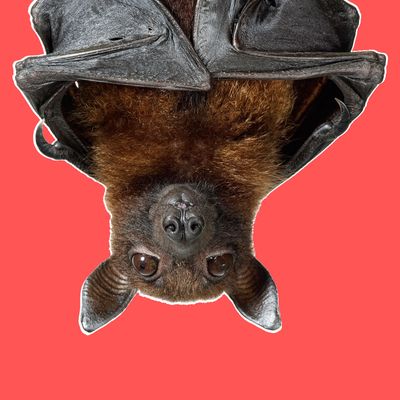
There are degrees of subjectivity in cuteness — maybe you’re more of a koala person and your friend is more into pandas, or you have thoughts on puppies versus kittens — but, by and large, “cute” refers to something specific: that wide-eyed, cuddly, makes-you-want-to-squeal look. Babies are cute. Baby animals are cute. This slow loris-slash-YouTube celebrity is cute.
There’s a science to it, too. In the 1940s, the Austrian zoologist Konrad Lorenz developed what he called the kinderschema, the set of physical characteristics that make up cuteness: big eyes; large, rounded head; small nose; plump face and body; short limbs; and a small, retreating chin — in short, all the things that define the look of a human baby. The look that we think of as cuteness, Lorenz argued, has an evolutionary purpose, triggering adults’ caretaking instincts to help babies survive in their helpless state.
And those instincts don’t stop at the border of our own species — we’re drawn to big-headed, stubby-bodied animals because of their resemblance to our own young. Some scientists have argued that we’re drawn to animals that behave like human babies, even if they don’t share those same kinderschema traits: A baby elephant, for example, may not have the big eyes and the small nose, but its cuteness comes from the fact that it’s clumsy and playful, two traits that remind us of little kids.
But our cuteness bias can ripple through the animal kingdom in serious, damaging ways. As John R. Platt recently reported in Scientific American, even scientific research can skew toward the adorable, meaning some species are disproportionately studied while other, uglier animals are ignored.
In a study published earlier this year in the journal Mammal Review, the authors compiled a list of 331 Australian land mammals, divided into three categories: “the good” (monotremes, a group that includes egg-laying mammals like platypuses, and marsupials, like koalas and kangaroos), “the bad” (invasive species), and “the ugly” (native rodents and bats). They then searched research databases for studies featuring the animals on the list, ultimately pulling more than 14,000 papers published since 1900.
Crunching the numbers, the researchers discovered that animals in the “good” category comprised around half of the 331 animals studied, but a whopping 77 percent of all papers. The “ugly,” meanwhile, made up 45 percent of the animals on the list, but just 11 percent of the studies. The focus of the research also differed across categories: Studies on marsupials and monotremes were more likely to focus on the animals’ physiology. By contrast, research on the other animals more often focused on ecology (and, in the case of invasive species, on animal-control methods), meaning there’s still plenty that scientists don’t know about their bodies and behavior — which may leave them more vulnerable to extinction.
The Christmas Island pipistrelle Pipistrellus murrayi, for example, is a type of bat now thought to be extinct; researchers suspect that invasive species and associated diseases are responsible for the animals’ demise, but don’t know for sure. And without that knowledge, it’s impossible to know what conservation efforts might protect similar bat species from the same fate.
“Although [the “ugly” animals] make up nearly half of Australian terrestrial mammal species, for the majority of species, researchers have done little more than catalogue their existence,” the study authors wrote. “Their conservation status is often decided based on scarce or non-existent data, their geographical ranges (and changes in their geographic ranges) are scarcely mapped, and for many species we have insufficient information about their biology (e.g. diet and habitat requirements) to be able to identify potential threats.”
In some cases, the threats have already won out: The authors noted that nearly half of all species to go extinct over the past few centuries have been rodents. “For many of these species,” they wrote, “we have had little chance to study their biology before they were lost.” The funny-looking animals that remain, meanwhile, are still unloved and understudied, an ugliness tax we exact on other species with our very human biases.




